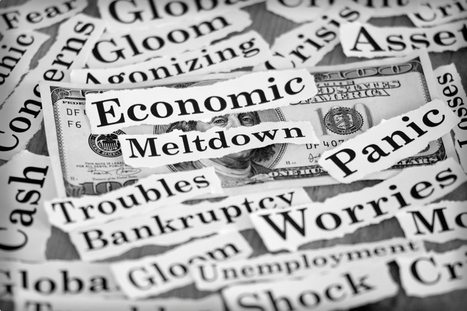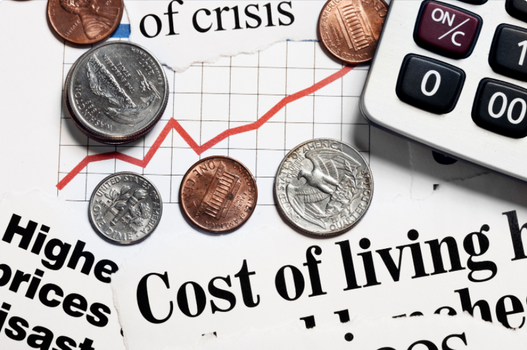Energy and food costs are very high year-over-year with food costs spiking.
In the second week in August, we received news that the Consumer Price Index for All Urban Consumers (CPI-U) was unchanged in July, after rising 1.3% in June. To many economists, this was welcome news, as most were predicting a slight increase.
But before we think that inflation has plateaued and might start trending downwards, let’s remember that one month of data does not make a trend. Especially when, over the last 12 months, inflation has increased at a very high 8.5%.










